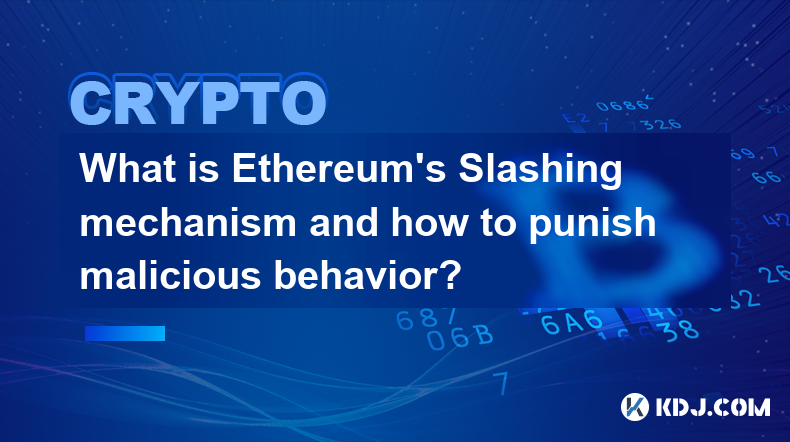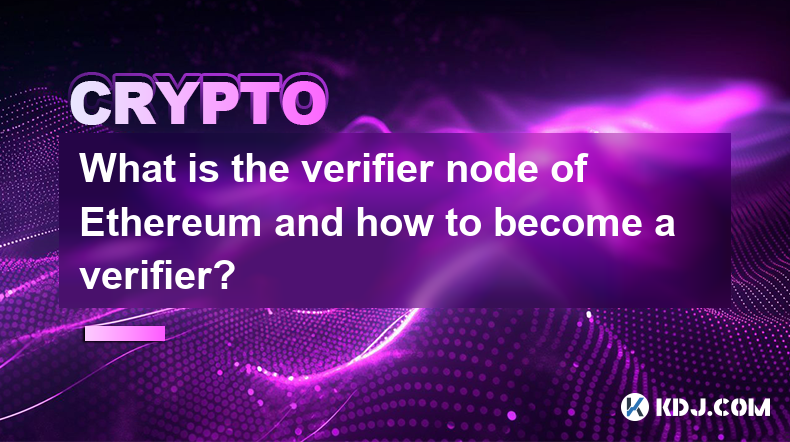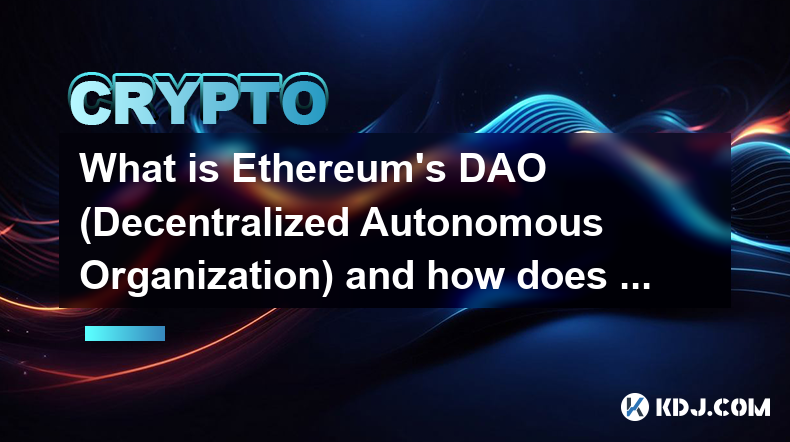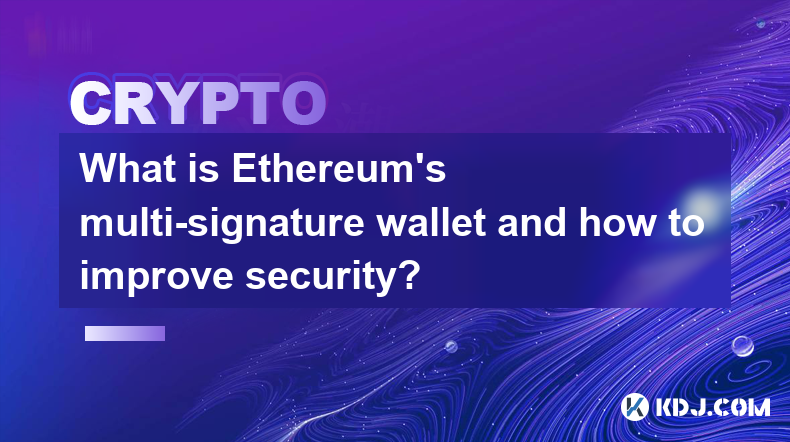-
 Bitcoin
Bitcoin $106,731.2224
-1.05% -
 Ethereum
Ethereum $2,444.9804
-1.20% -
 Tether USDt
Tether USDt $1.0003
0.01% -
 XRP
XRP $2.1882
0.09% -
 BNB
BNB $651.1435
-0.61% -
 Solana
Solana $148.3252
-2.09% -
 USDC
USDC $1.0000
0.01% -
 TRON
TRON $0.2787
0.55% -
 Dogecoin
Dogecoin $0.1598
-3.16% -
 Cardano
Cardano $0.5520
-2.43% -
 Hyperliquid
Hyperliquid $39.0960
-2.64% -
 Bitcoin Cash
Bitcoin Cash $516.9519
2.98% -
 Sui
Sui $2.7011
-2.95% -
 Chainlink
Chainlink $13.0582
-1.71% -
 UNUS SED LEO
UNUS SED LEO $8.9250
-2.53% -
 Stellar
Stellar $0.2359
-0.18% -
 Avalanche
Avalanche $17.3856
-3.73% -
 Toncoin
Toncoin $2.8095
-3.56% -
 Shiba Inu
Shiba Inu $0.0...01121
-1.95% -
 Litecoin
Litecoin $85.2795
-0.85% -
 Hedera
Hedera $0.1471
-2.15% -
 Monero
Monero $319.8004
1.12% -
 Dai
Dai $1.0001
0.01% -
 Ethena USDe
Ethena USDe $1.0001
0.02% -
 Bitget Token
Bitget Token $4.5344
-1.07% -
 Polkadot
Polkadot $3.3224
-2.96% -
 Uniswap
Uniswap $6.9697
-2.75% -
 Aave
Aave $266.1658
-2.25% -
 Pepe
Pepe $0.0...09414
-3.41% -
 Pi
Pi $0.4913
-3.29%
Which Flare coin wallet is the best?
Consider the Ledger Nano X hardware wallet for the highest level of security and offline storage of your FLR coins, providing peace of mind and protection against unauthorized access.
Nov 15, 2024 at 01:46 pm

Which Flare coin wallet is the best?
Introduction:
Flare Network is a decentralized, scalable blockchain platform that aims to bridge the gap between different blockchain ecosystems. It introduces the concept of the Flare Time Series Oracle (FTSO), which enables the integration of real-world data into smart contracts. Flare's native coin, FLR, is used for governance, transaction fees, and staking to secure the network.
Choosing the right crypto wallet for your FLR coins is crucial for their safety, accessibility, and functionality. This guide will delve into the key factors to consider when selecting a Flare coin wallet and provide a comprehensive overview of the top-rated options in the market.
Key Factors to Consider:
- Security: The primary consideration should be the wallet's security measures to protect your FLR coins from theft or unauthorized access. Look for wallets that offer advanced encryption, multi-factor authentication, and regular security updates.
- Ease of use: Navigating the wallet interface should be straightforward and intuitive, especially for beginners. Consider wallets with a user-friendly design, clear instructions, and responsive customer support.
- Functionality: The wallet should meet your specific needs, including support for FLR staking, integration with other blockchain ecosystems, and access to decentralized applications (dApps).
- Platform compatibility: Determine whether the wallet supports the platforms you use, such as mobile, desktop, or hardware devices. Consider your preferred operating systems and the accessibility options you require.
- Reputation and trust: Opt for wallets developed by reputable companies with a proven track record in the crypto industry. Check for user reviews, independent audits, and community feedback to assess a wallet's credibility.
Top-Rated Flare Coin Wallets:
1. Ledger Nano X
Security: Ledger Nano X is a secure hardware wallet that stores FLR coins offline, providing the highest level of protection. It employs a secure element and a dedicated operating system to isolate your private keys from potential online threats.
Ease of use: Despite its advanced security features, Ledger Nano X is user-friendly. Its intuitive interface and clear display make it easy to navigate, even for beginners.
Functionality: The wallet supports FLR staking and integration with various blockchain ecosystems through the Ledger Live companion app. It also provides access to dApps through the Ledger Connect extension.
Platform compatibility: Ledger Nano X is compatible with mobile and desktop via the Ledger Live app. It also supports integration with major operating systems.
Reputation and trust: Ledger is a leading provider of hardware wallets with a strong reputation in the crypto community. Ledger Nano X has undergone rigorous security audits and has a proven track record of protecting users' funds.
2. MetaMask
Security: MetaMask is a popular software wallet that offers a good balance between security and usability. It utilizes multiple layers of protection, including password encryption, seed phrase recovery, and integration with hardware wallets.
Ease of use: MetaMask has a user-friendly interface and is accessible as a browser extension and mobile app. The wallet provides clear instructions and a knowledge base to assist users.
Functionality: MetaMask supports FLR staking and integration with multiple blockchain ecosystems. It enables access to a wide range of dApps and decentralized exchanges (DEXs).
Platform compatibility: MetaMask is available as a browser extension for Chrome, Firefox, Brave, and other Chromium-based browsers. It also has a mobile app for iOS and Android.
Reputation and trust: MetaMask is a well-established wallet with a significant user base. It is backed by ConsenSys, a leading Ethereum software development company.
3. Temple Wallet
Security: Temple Wallet is a specialized wallet designed for Flare and other ecosystem tokens. It employs robust security measures, such as encryption, multi-factor authentication, and seed phrase recovery.
Ease of use: The wallet has a clean and intuitive interface, making it easy to manage FLR coins, stake rewards, and interact with the Flare ecosystem.
Functionality: Temple Wallet supports FLR staking, delegation, and access to dApps within the Flare ecosystem. It offers integration with other blockchain networks through Flare Bridges.
Platform compatibility: Temple Wallet is available as a web-based platform and a mobile app for iOS and Android.
Reputation and trust: The wallet is developed by the Flare Network team, ensuring direct involvement and support for the platform. It has gained a positive reputation within the Flare community.
4. SparkPoint
Security: SparkPoint is a software wallet that balances security and ease of use. It utilizes encryption, multi-factor authentication, and a trustless design to protect users' FLR coins.
Ease of use: The wallet has a straightforward interface with clear navigation and helpful tutorials. It is accessible as a web-based platform and a mobile app for iOS and Android.
Functionality: SparkPoint supports FLR staking, delegation, and access to dApps within the Flare ecosystem. It also provides integration with other blockchain networks through Flare Bridges.
Platform compatibility: SparkPoint is available as a web-based platform and a mobile app for iOS and Android.
Reputation and trust: The wallet is developed by the Flare Network team, ensuring direct involvement and support for the platform. It has gained a solid reputation within the Flare community.
5. Xumm Wallet
Security: Xumm Wallet prioritizes security by utilizing a federated architecture that leverages multiple independent validators. It provides multi-factor authentication and seed phrase recovery for added protection.
Ease of use: Xumm Wallet has a minimalistic and user-friendly interface that makes it easy to manage FLR coins and interact with the Flare ecosystem.
Functionality: The wallet supports FLR staking, delegation, and access to dApps within the Flare ecosystem. It also offers integration with other blockchain networks through Flare Bridges.
Platform compatibility: Xumm Wallet is available as a mobile app for iOS and Android. It is compatible with Flare's Websocket Gateway, allowing users to access the wallet from their desktop computers.
Reputation and trust: Xumm Wallet is developed by a team of experienced cryptographers and security experts. It has gained a positive reputation within the Flare community.
Disclaimer:info@kdj.com
The information provided is not trading advice. kdj.com does not assume any responsibility for any investments made based on the information provided in this article. Cryptocurrencies are highly volatile and it is highly recommended that you invest with caution after thorough research!
If you believe that the content used on this website infringes your copyright, please contact us immediately (info@kdj.com) and we will delete it promptly.
- Altcoins in June 2025: Data, Trends, and What's Next for Crypto
- 2025-07-01 21:30:12
- SUI Price Breakout Watch: Will 2025 Forecasts Hit the Mark?
- 2025-07-01 21:30:12
- BTCBULL: Riding Bitcoin's Bull Run to Crypto Glory
- 2025-07-01 20:30:11
- DOJ Cracks Down: North Korea's Crypto Theft Ring Exposed
- 2025-07-01 20:50:11
- Bitcoin's July Jolt: Will We See a New ATH?
- 2025-07-01 20:30:11
- Bitcoin Cash Price Surges to 8-Month High: Is $1,700 Next?
- 2025-07-01 20:35:12
Related knowledge

What is Ethereum’s Slashing mechanism and how to punish malicious behavior?
Feb 20,2025 at 03:08am
Key PointsOverview of slashingDifferent types of slashing in EthereumIncentives and consequences of slashingIdentifying and reporting slashed validatorsOngoing discussions and potential improvementsEthereum's Slashing Mechanism: Punishing Malicious BehaviorEthereum's slashing mechanism is an essential tool for ensuring network security and punishing mal...

What is the verifier node of Ethereum and how to become a verifier?
Feb 19,2025 at 06:00pm
The Verifier Node of Ethereum: A Comprehensive GuideKey Points:What is a Verifier Node?How to Become a Verifier NodeResponsibilities and Rewards of a Verifier NodeMinimum Requirements for Becoming a Verifier NodePotential Difficulties in Running a Verifier Node1. What is a Verifier Node?A Verifier Node is an independent entity on the Ethereum network th...

What is Ethereum’s staking, and how to participate and earn money?
Feb 19,2025 at 04:37pm
Key Points:Understanding Ethereum's Staking MechanismSteps to Participate in StakingBenefits and Rewards of StakingSecurity and Risk ConsiderationsTechnical Requirements and Hardware OptionsPotential Challenges and Troubleshooting TipsFAQs on Ethereum StakingWhat is Ethereum's Staking?Proof-of-Stake (PoS) is a consensus mechanism used in blockchain netw...

What is Ethereum’s DAO (Decentralized Autonomous Organization) and how does it work?
Feb 20,2025 at 03:12am
Key PointsDefinition and Structure of a DAOGovernance and Decision-Making in DAOsBenefits and Use Cases of DAOsChallenges and Limitations of DAOsWhat is Ethereum's DAO (Decentralized Autonomous Organization) and How Does It Work?Definition and Structure of a DAOA Decentralized Autonomous Organization (DAO) is an innovative governance and management fram...

What is Ethereum's multi-signature wallet and how to improve security?
Feb 20,2025 at 02:18pm
Key Points:Understanding the Concept of a Multi-Signature WalletBenefits and Drawbacks of Multisig WalletsRequirements for Setting Up a Multisig WalletStep-by-Step Guide to Generating a Multisig WalletImplementing Strategies for Enhanced Security1. Understanding the Concept of a Multi-Signature WalletA multi-signature (multisig) wallet in the Ethereum e...

What is Ethereum's oracle and how to provide data for smart contracts?
Feb 21,2025 at 01:30am
Key Points:Understanding the concept of oracles in EthereumExploring different types of oraclesDetailed guide on how to provide data for smart contractsAddressing potential challenges and considerationsWhat is Ethereum's Oracle?Oracles are crucial components in the Ethereum ecosystem, enabling smart contracts to access real-world data and off-chain even...

What is Ethereum’s Slashing mechanism and how to punish malicious behavior?
Feb 20,2025 at 03:08am
Key PointsOverview of slashingDifferent types of slashing in EthereumIncentives and consequences of slashingIdentifying and reporting slashed validatorsOngoing discussions and potential improvementsEthereum's Slashing Mechanism: Punishing Malicious BehaviorEthereum's slashing mechanism is an essential tool for ensuring network security and punishing mal...

What is the verifier node of Ethereum and how to become a verifier?
Feb 19,2025 at 06:00pm
The Verifier Node of Ethereum: A Comprehensive GuideKey Points:What is a Verifier Node?How to Become a Verifier NodeResponsibilities and Rewards of a Verifier NodeMinimum Requirements for Becoming a Verifier NodePotential Difficulties in Running a Verifier Node1. What is a Verifier Node?A Verifier Node is an independent entity on the Ethereum network th...

What is Ethereum’s staking, and how to participate and earn money?
Feb 19,2025 at 04:37pm
Key Points:Understanding Ethereum's Staking MechanismSteps to Participate in StakingBenefits and Rewards of StakingSecurity and Risk ConsiderationsTechnical Requirements and Hardware OptionsPotential Challenges and Troubleshooting TipsFAQs on Ethereum StakingWhat is Ethereum's Staking?Proof-of-Stake (PoS) is a consensus mechanism used in blockchain netw...

What is Ethereum’s DAO (Decentralized Autonomous Organization) and how does it work?
Feb 20,2025 at 03:12am
Key PointsDefinition and Structure of a DAOGovernance and Decision-Making in DAOsBenefits and Use Cases of DAOsChallenges and Limitations of DAOsWhat is Ethereum's DAO (Decentralized Autonomous Organization) and How Does It Work?Definition and Structure of a DAOA Decentralized Autonomous Organization (DAO) is an innovative governance and management fram...

What is Ethereum's multi-signature wallet and how to improve security?
Feb 20,2025 at 02:18pm
Key Points:Understanding the Concept of a Multi-Signature WalletBenefits and Drawbacks of Multisig WalletsRequirements for Setting Up a Multisig WalletStep-by-Step Guide to Generating a Multisig WalletImplementing Strategies for Enhanced Security1. Understanding the Concept of a Multi-Signature WalletA multi-signature (multisig) wallet in the Ethereum e...

What is Ethereum's oracle and how to provide data for smart contracts?
Feb 21,2025 at 01:30am
Key Points:Understanding the concept of oracles in EthereumExploring different types of oraclesDetailed guide on how to provide data for smart contractsAddressing potential challenges and considerationsWhat is Ethereum's Oracle?Oracles are crucial components in the Ethereum ecosystem, enabling smart contracts to access real-world data and off-chain even...
See all articles

























































































